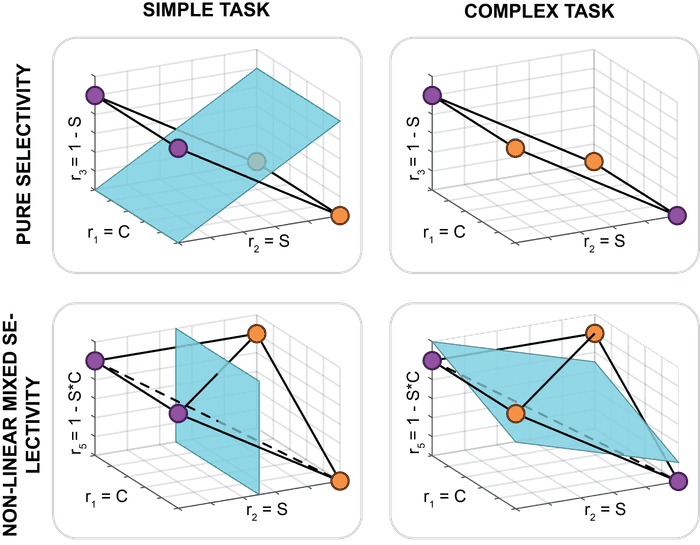Motor learning refines thalamic influence on motor cortex
Assaf Ramot & Felix Taschbach et al.
The primary motor cortex (M1) is central for the learning and execution of dexterous motor skills1-3, and its superficial layer (layers 2 and 3; hereafter, L2/3) is a key locus of learning-related plasticity1,4-6. It remains unknown how motor learning shapes the way in which upstream regions activate M1 circuits to execute learned movements. Here, using longitudinal axonal imaging of the main inputs to M1 L2/3 in mice, we show that the motor thalamus is the key input source that encodes learned movements in experts (animals trained for two weeks). We then use optogenetics to identify the subset of M1 L2/3 neurons that are strongly driven by thalamic inputs before and after learning. We find that the thalamic influence on M1 changes with learning, such that the motor thalamus preferentially activates the M1 neurons that encode learned movements in experts. Inactivation of the thalamic inputs to M1 in experts impairs learned movements. Our study shows that motor learning reshapes the thalamic influence on M1 to enable the reliable execution of learned movements.
Read more →
